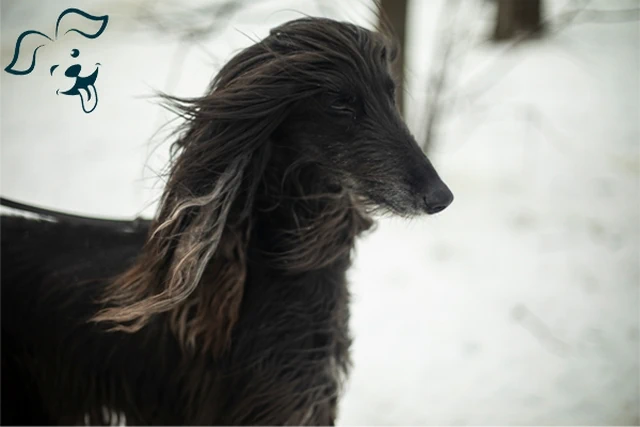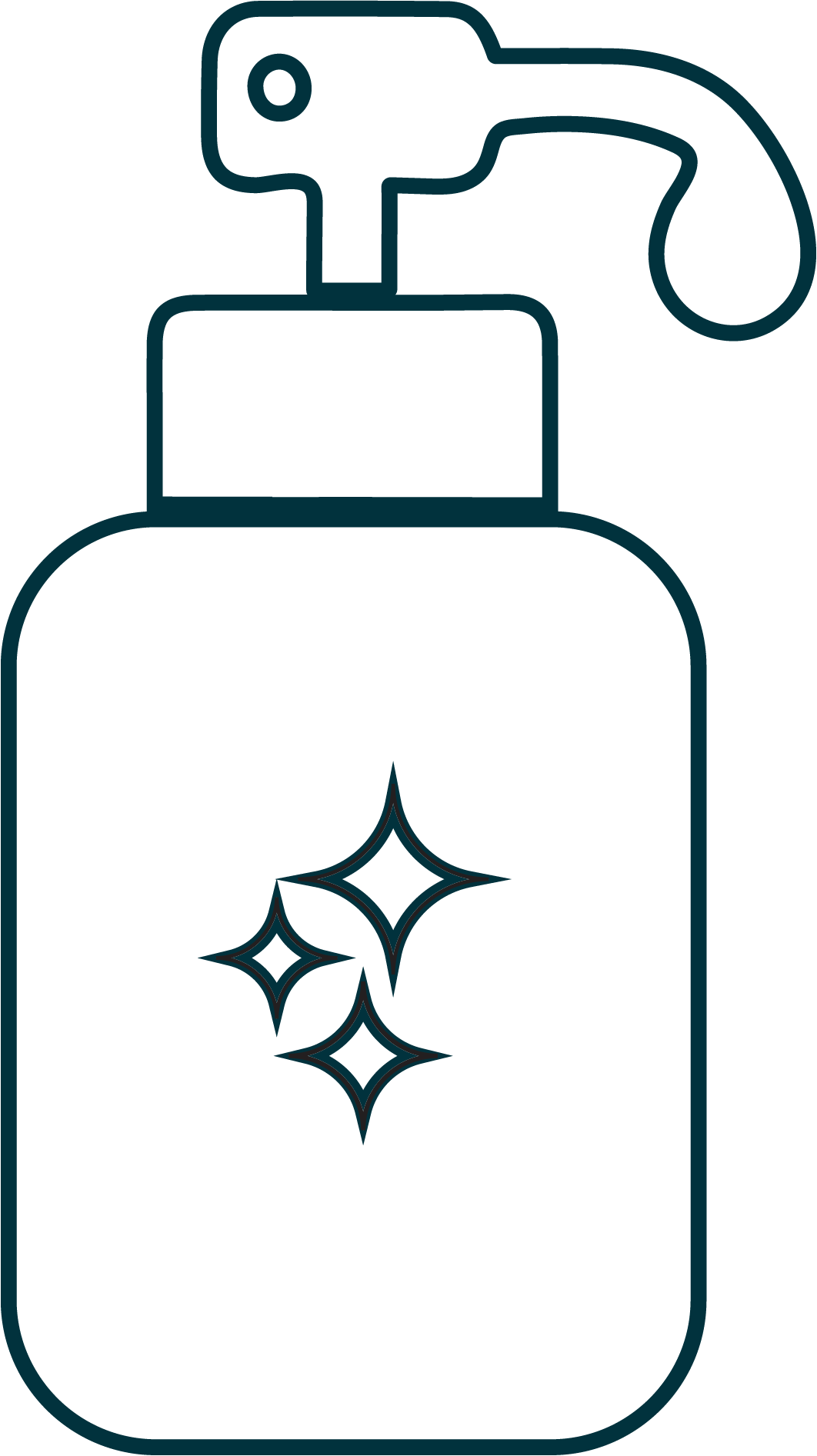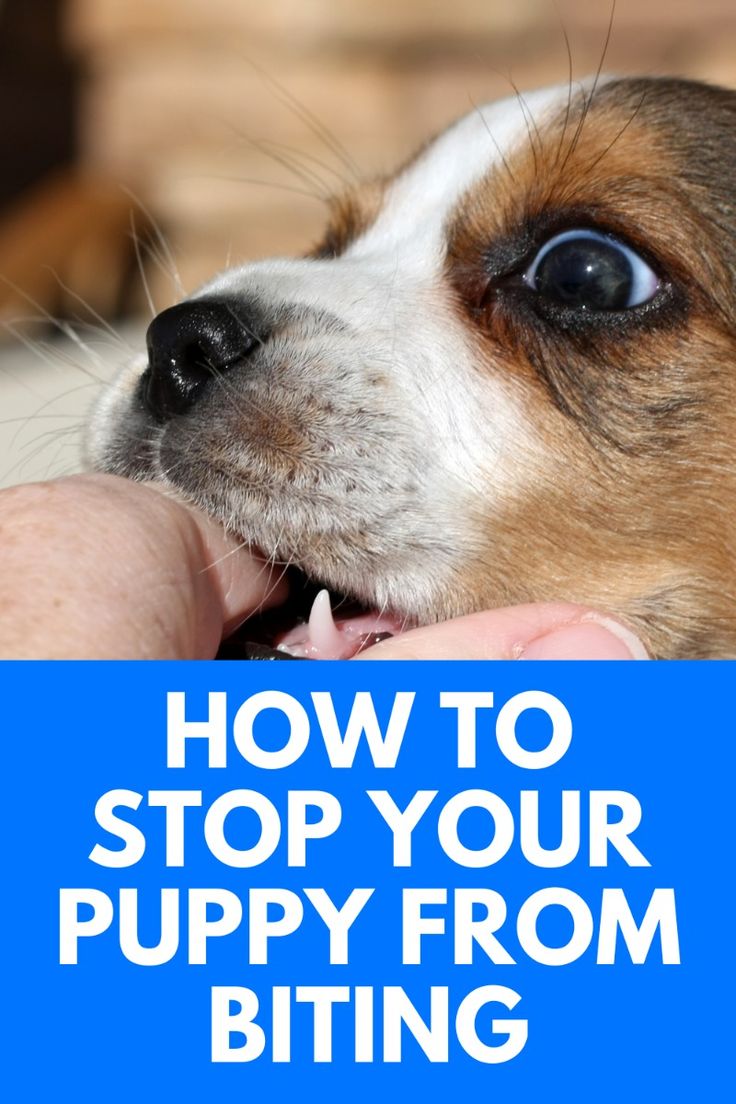CARING WITH FAMILY
|
| The degree of affection a breed shows towards family members or familiar individuals varies. Certain breeds might display reserved behavior towards everyone except their owner. In contrast other breeds warmly welcome everyone they recognize, treating them as if they're their closest companions. |
LOVE WITH CHILDREN
Unwise
Good With Children
|
| A breed’s capacity for patience and its ability to graciously handle the unpredictable behaviors of children are key indicators of its compatibility with family life. All interactions between dogs and young kids or indeed children of any age not accustomed to dogs should be closely monitored to ensure safety for both parties. |
BEHAVIOR WITH DOGS
Unwise
Good With Other Dogs
|
| The innate tendency of a breed to be amicable towards fellow canines varies widely. While some breeds exhibit a natural inclination to form friendships with other dogs both within the household and during public encounters others may show less propensity for such interactions. Regardless of a breed's inherent sociability supervision during meetings and introductions with other dogs is crucial to ensure harmonious interactions. |
SHEDDING LEVELS & MANAGEMENT
No Shedding
Hair Everywhere
|
| The amount of fur and hair a breed sheds can significantly impact grooming needs and household maintenance. Breeds known for their high shedding rates necessitate more frequent brushing to manage loose fur, may trigger allergies more readily, and often require more diligent efforts in vacuuming and lint-rolling to keep the living environment clean. |
COAT GROOMING STANDARDS
|
| The grooming demands of a breed encompassing bathing, brushing, trimming and other coat care vary considerably. When evaluating the grooming effort a breed necessitates it's important to assess your own capacity for time patience and financial resources dedicated to such care. It's crucial to remember that regardless of breed-specific grooming requirements all dogs need regular nail trims to maintain their health and comfort. |
DROOLING INTENSITY
Less Likely to Drool
Always Have a Towel
|
| For those who value cleanliness above all, dog breeds that are inclined to leave behind strings of drool on your arm or large moist stains on your clothing may not align with your preferences. |
COAT STYLES GUIDE |
| Silky |
| COAT SPECTRUM |
| Long |
FRIENDLINESS
Reserved
Everyone Is My Best Friend
|
| The friendliness of a breed towards unfamiliar faces varies significantly. Certain breeds may display a more reserved or wary demeanor in the presence of strangers regardless of the setting. On the other hand some breeds are always eager to greet a new person with enthusiasm whenever the opportunity arises. |
LIVELINESS
Only When You Want To Play
Non-Stop
|
| The inclination for playfulness within a breed can persist well beyond the puppy stage. Certain breeds maintain a zest for engaging in games like tug-of-war or fetch deep into adulthood whereas others might prefer to spend most of their time lounging on the sofa beside you. |
VIGILANCE INTENSITY
What's Mine Is Yours
Vigilant
|
| The propensity of a breed to notify you of the presence of strangers is notable. These breeds are more prone to respond to perceived threats be it the mailman or a squirrel scampering outside the window. Typically these breeds will become more accommodating to strangers once they observe that their family accepts these individuals into the home. |
ADAPTATION CAPACITY
Lives For Routine
Highly Adaptable
|
| The adaptability of a breed to change is an important characteristic. This can encompass adjustments in living situations, levels of noise, weather conditions, daily routines, and other fluctuations in everyday life. |
OBEDIENCE LEVEL
Self-Willed
Eager to Please
|
| The ease of training your dog and its eagerness to learn new things varies by breed. Some breeds are highly motivated to please their owners and readily absorb new commands and tricks, while others exhibit a more independent streak, preferring to act on their own terms whenever they choose. |
STAMINA LEVEL
|
| The required levels of physical exercise and mental engagement differ significantly among breeds. High-energy breeds are always on the move, bursting with enthusiasm for their next activity. They dedicate their days to running, leaping, and engaging in play. Conversely, low-energy breeds resemble couch potatoes, content to lounge and nap for extended periods. |
VOCALIZATION
|
| Medium |
LEARNING CURIOSITY LEVEL
Happy to Lounge
Needs a Job or Activity
|
| The requirement for mental stimulation to maintain a breed’s happiness and health varies significantly. Dogs bred for specific purposes often need tasks that demand decision-making, problem-solving concentration or other cognitive efforts. Without adequate mental exercise they might resort to creating their own activities to occupy their minds. Unfortunately these self-appointed tasks may not align with what you'd prefer underscoring the importance of providing suitable challenges to keep them engaged in constructive ways. |
| COLORS |
|
Description
|
Registration Code
|
|
Black
|
007
|
|
Black & Tan
|
018
|
|
Black & Silver
|
016
|
|
Blue
|
037
|
|
Blue & Cream
|
273
|
|
Cream
|
076
|
|
Red
|
140
|
|
Silver
|
176
|
|
White
|
199
|
|
| PATTERNS |
|
Description
|
Registration Code
|
|
Black Mask
|
004
|
|
Brindle
|
051
|
|
Brindle Black Mask
|
069
|
|
Brindle Domino
|
070
|
|
Domino
|
017
|
|






























FRIENDLINESS
LIVELINESS
VIGILANCE INTENSITY
ADAPTATION CAPACITY